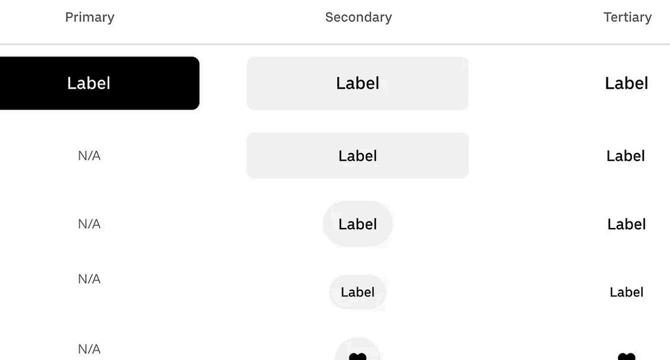ADPList’s Newsletter
1d
130

Image Credit: ADPList’s Newsletter
Lessons on how design systems at Atlassian, Base & Material can scale and deliver
- Design systems are about building trust, syncing design with development, and creating clarity at scale.
- Lessons from Google's Material Design, Uber's Base, Shopify's Polaris, IBM's Carbon, and Atlassian's Design System.
- Great design systems start with a strong foundation in typography, spacing, motion, and tokens.
- Understanding the purpose behind a design system is crucial for its success, focusing on intent over structure.
- Building scalable design systems requires solid foundations, including spacing scales, typography, color systems, and tokens.
- Shopify's Polaris uses semantic tokens to create a shared language and scalability in design.
- Material Design focuses on design tokens, dynamic color systems, typography, motion, and elevation for cross-platform consistency.
- Effective documentation is essential for the adoption of design systems, treating it as a product to enhance usability.
- Documentation plays a crucial role in making design systems usable and understandable for wider adoption.
- Creating design systems involves understanding people, competitors, and building scalable and clear foundations that support real teams.
Read Full Article
7 Likes
For uninterrupted reading, download the app